Every May the city of Ottawa celebrates a beautiful event called the Canadian Tulip Festival (Canadian Tulip Festival) in which a million specimens of that flower are planted throughout the city, in addition to organizing a thematic exhibition in the Commissioners Park in which hundreds of thousands of flowers are exhibited along with other recreational, gastronomic and cultural activities.
Taking into account that the tulip is the national flower of the Netherlands, more than one will wonder why a country on the other side of the Atlantic makes this exaltation. And the answer is to be found in World War II.
In fact, it is convenient to go back a little further in time to find out what is the cause of the Dutch devotion to the tulip. It had been introduced to the country in 1599, from the Ottoman Empire (where it was called tülbent , which means turban, alluding to its shape); in 1544 the Austrian ambassador, who was an amateur flower grower, had brought it with him, and from Vienna the botanist Carolus Clusius took some bulbs to Leiden when he settled there to teach. 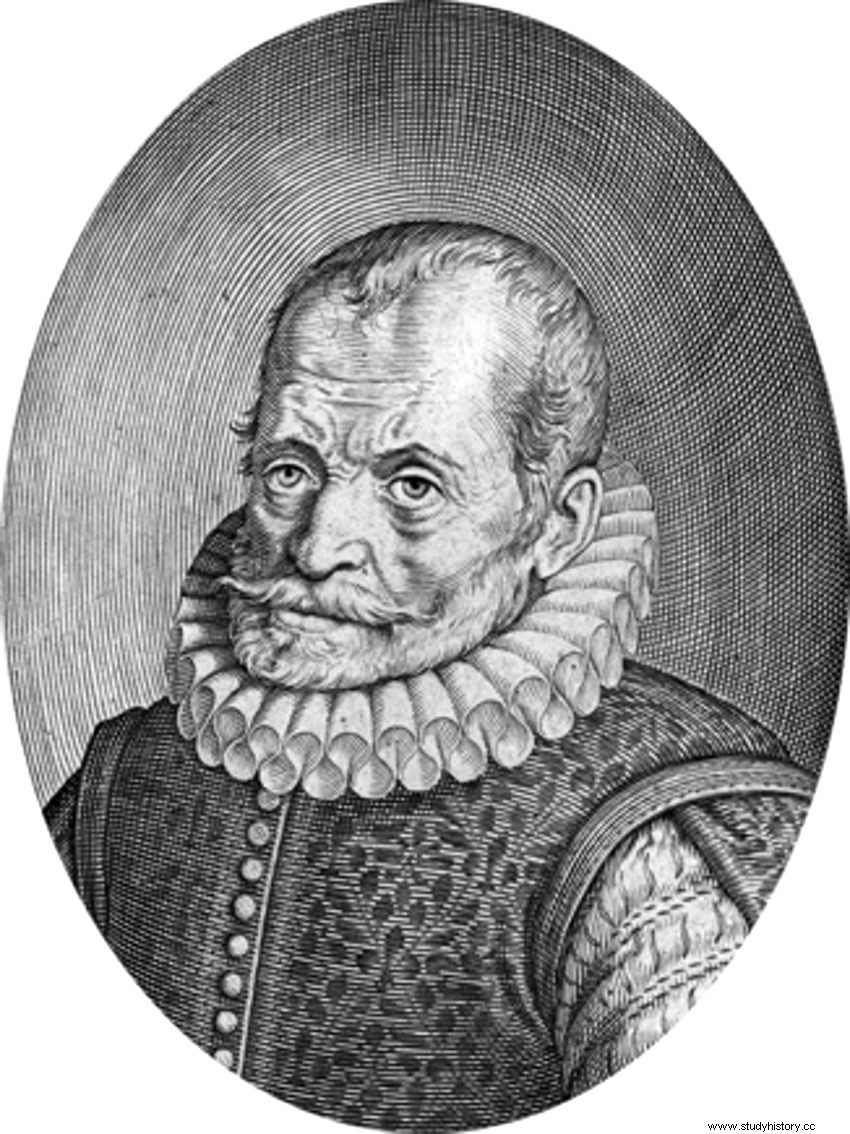
It turned out that the sandy Dutch soil was perfect for its growth and it soon spread everywhere. The beauty of its corolla attracted the attention of horticulturists, who began to cross specimens to increase it even more and make it polychrome, so that little by little a true fondness for the flower was unleashed.
Thus, during the first two decades of the 17th century, the tulip acquired the character of a luxury item, its price skyrocketing to unprecedented extremes (up to thirty thousand guilders were paid for three rare bulbs in 1637, when a house was worth around ten thousand).
It was the so-called Tulip Fever, a speculative madness that enriched many until the bubble burst that same year, causing prices to collapse and causing the ruin of those who had mortgaged in that business.
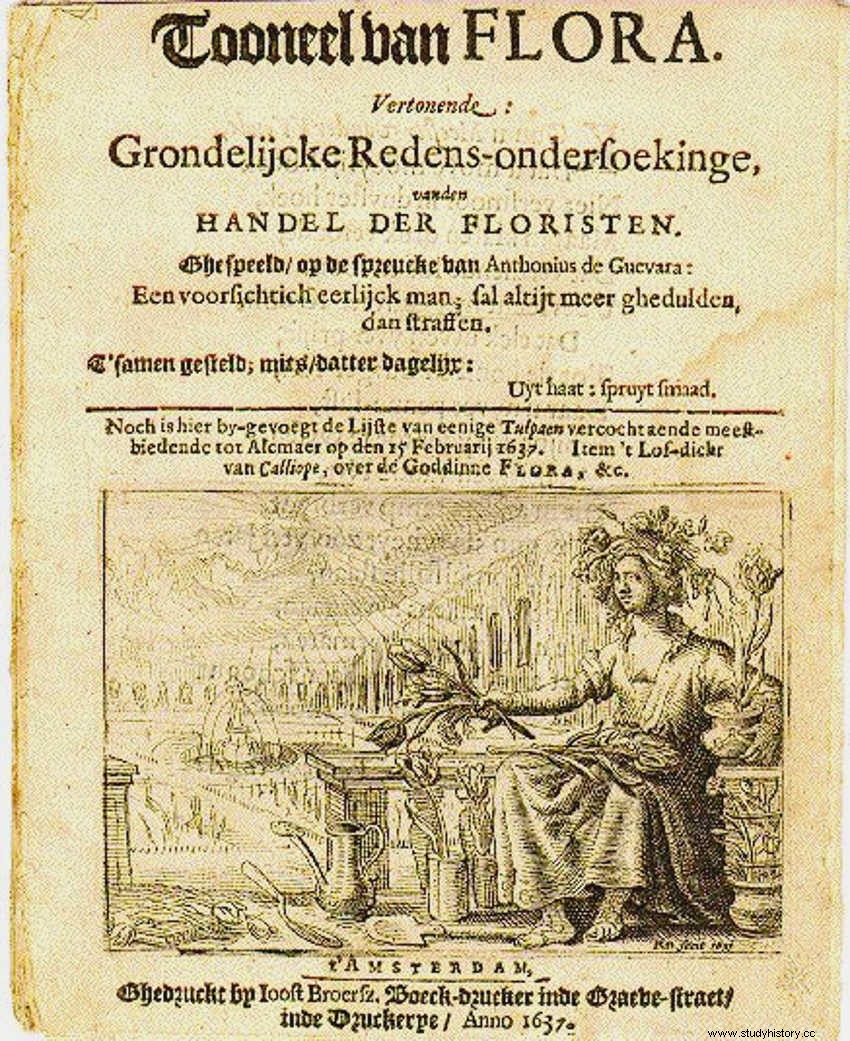
In any case, the tulip survived as another economic niche and became a symbol of that flourishing bourgeoisie - never better said - that promoted the development of the country.
And so we arrive at May 10, 1940, the date on which the German army attacked Holland, ignoring its declaration of neutrality and occupying it in a week; the defenses were obsolete, based on the old Water Line system (open the dikes to flood the fields) but the German paratroopers and the heavy bombardment of Rotterdam led to the capitulation.
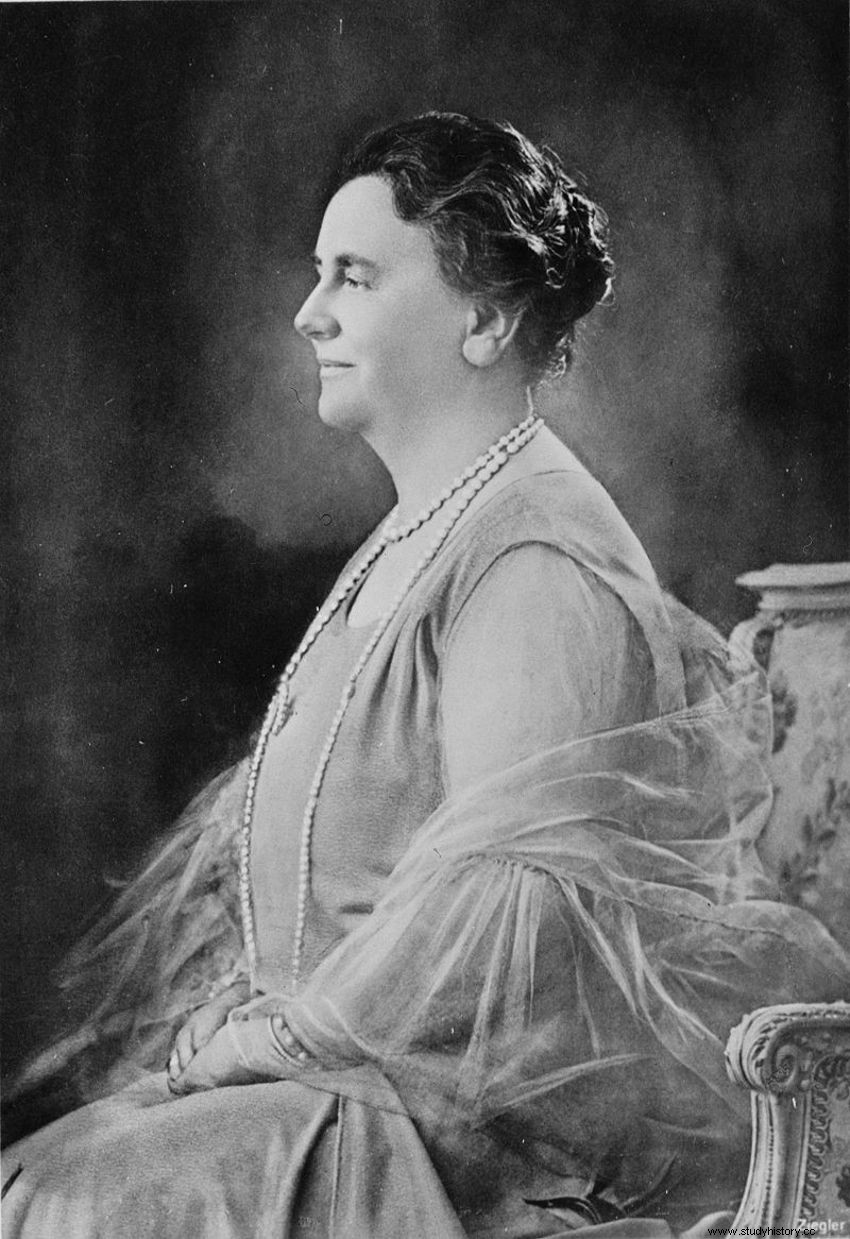
In these dramatic circumstances, the royal family had to take refuge in Great Britain. But it soon became clear that the place of reception was no less dangerous, since the Luftwaffe systematically crushed English cities in those raids air that are usually grouped under the name of Blitz . So while Queen Wilhelmina decided to stay behind to set an example, a month later she sent Princesses Juliana and Beatrix to a safe place:Canada.
To Ottawa to be exact. There they led a relatively simple life, attending public school, shopping in person, taking the bus to get around, etc. And it was there that, on January 19, 1943, Juliana gave birth to the third of her four daughters, Princess Margaret. She did it at the Ottawa Civic Hospital and the Canadian government had to perform a curious legal stunt:declare the neighborhood where it was located extraterritorial.
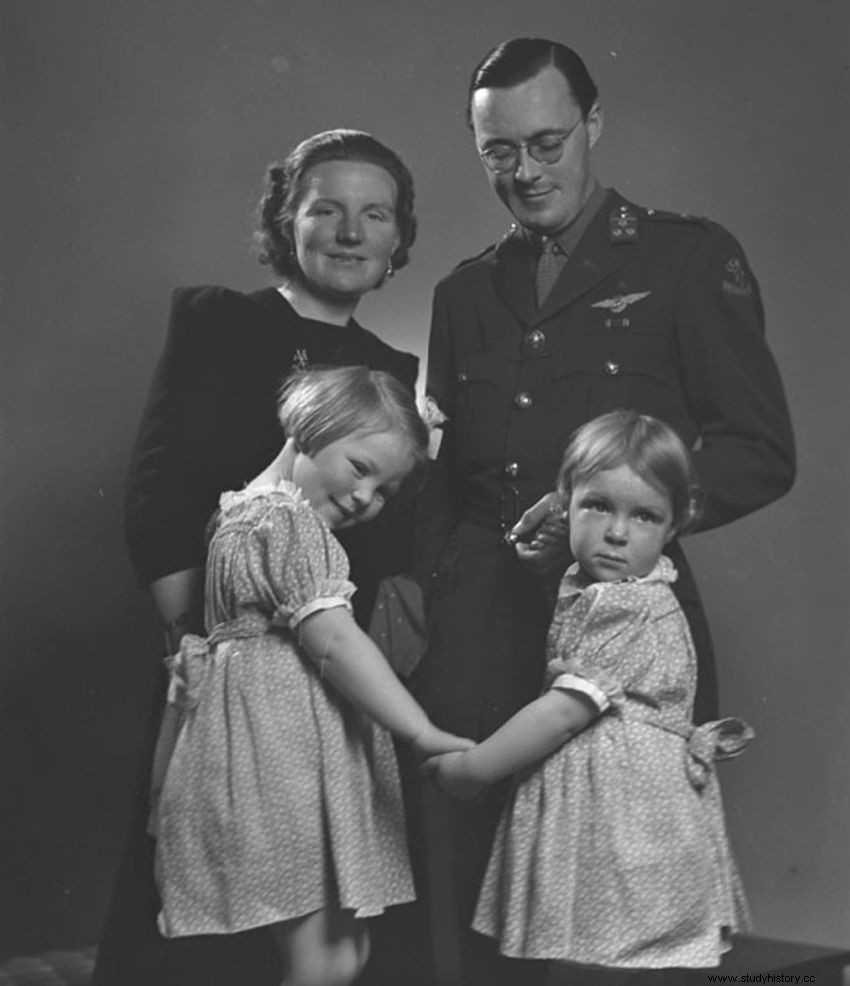
This prevented the newborn from being excluded from succession to the throne, since the law prevents anyone who was born in another country from reigning. The declaration of extraterritoriality instead of granting temporary Dutch sovereignty to the site allowed the rest of the babies born that day to be Canadian and not Dutch.
The fact is that Margarita came into this world with the ringing of bells from the Otau town hall and a large flag with the colors of her country unfurled in Parliament, something that undoubtedly pleased Queen Guillermina especially, who wanted to be present with her father, Bernard of Lippe-Biesterfeld (German but anti-Nazi).
On May 2, 1945, the royal family returned to the Netherlands, now free of the German presence, and the sovereign asked the government to send one hundred thousand tulip bulbs to Canada to decorate the parks of Ottawa in gratitude for their attention. In fact, not only because of her, but also because it was the First Canadian Army that led the liberation by taking the northern and eastern coastal areas:Groningen, Drenthe, Zwolle, Apeldoor... In addition, on the 6th General Johannes Blaskowitz surrendered in Wegeningen before his Canadian counterpart Charles Foulkes.
This led some of the cities in that area to establish a close link with Canada and celebrate the liberation with theme parties. In them, tulips usually have a special role, hence the gift from the queen, which also had an extra meaning because it was one of the few national products that did not suffer from the misery caused by the war -we have already said that it grew with a certain ease - and it wasn't too scarce during the Hingerwinter , the terrible winter of 1944 that claimed more than twenty thousand victims between the famine caused by the German embargo (in retaliation for a railway strike) and the cold (The Canadian Air Force was also responsible for Operation Manna, the airlift urgently established to supply the civilian population).
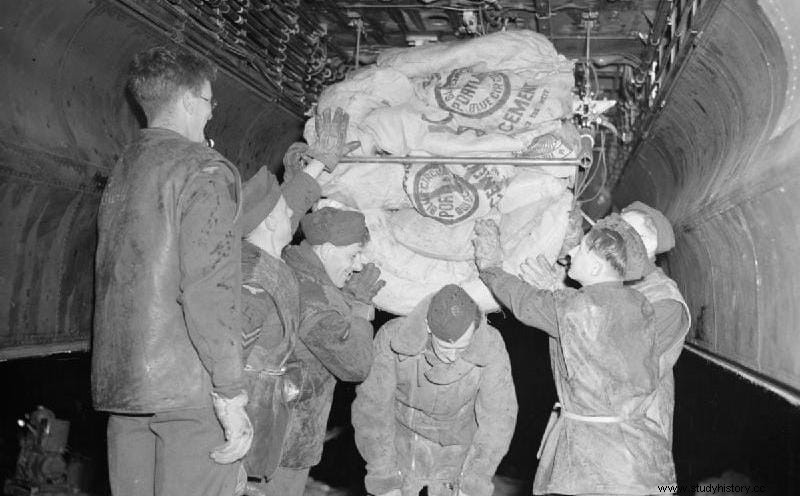
In 1946, a new shipment of twenty thousand tulip bulbs was made, this time at the initiative of Princess Juliana, and the thing was institutionalized with the promise of sending ten thousand each year around that time. In this way, that flower became familiar to Canadians and in 1953 the Ottawa Board of Trade organized what would be the first edition of the festival mentioned at the beginning.
The one in 1967 even included a visit in person from Juliana, who had already worn the crown since 1948 due to her mother's abdication, while in the one in 2002, for her fiftieth anniversary, it was Princess Margaret who made an appearance at her native city. The Canadian Tulip Festival is today an exaltation of friendship between two nations that share a common past with a flower as a link.
